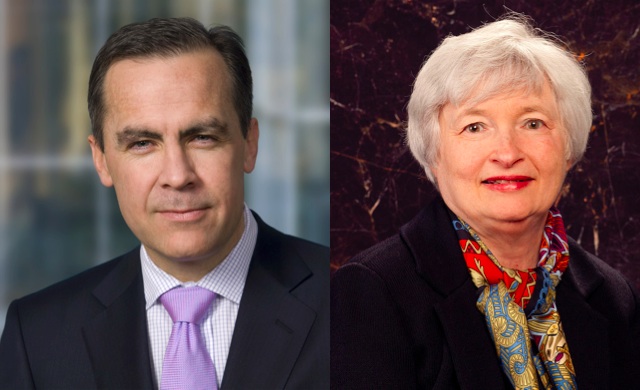John Stopford Co-Head of Multi-Asset in Investec Asset Management shares its thoughts about one of the most crucial developments for the global markets in the months to come:
UK increases likely to be limited and gradual
The Governor of the Bank of England has put the market on notice that interest rates could start to rise as soon as the fourth quarter of this year. This is rather earlier than he had suggested previously. The Governor has been very consistent, however, in saying that rate increases will be, “limited” and “gradual”.
So, should we believe him? We tend to think so. As he says, “Households have a lot of debt.” The UK economy, especially the housing market, tends to be very sensitive to the cost of borrowing. While the UK’s sensitivity to higher rates is not new, it does appear to have increased as debt levels and house prices have gone up.
In the five prior tightening periods since 1994, the bank rate has never risen by more than 1.6 percentage points before being cut again. The Governor suggested that this cycle could see rates that are “slightly lower”, or, “slightly higher”, than the market’s pricing of the 2.5 percent in three years’ time. We may not even get that high. In addition, to mortgage concerns, the UK has to contend with fiscal tightening, higher bank lending margins, a stronger pound, and macro-prudential constraints.
The US Federal Reserve may have to raise rates by more than the Bank of England
The US Federal Reserve, by contrast, is in less of a hurry to tighten monetary policy, but may have to raise rates by more than the Bank of England when the time comes. Broad measures of labor market slack suggest that the US cycle is at a similar stage to when the Federal Open Market Committee (FOMC) began to raise interest rates in 1994 and 2004. Unlike the UK, in those two prior cycles US interest rates were increased by 3 and 4 percentage points respectively, before any pause. This time may not be so different. Yes, the trend rate of nominal growth is lower, but so is the federal funds rate. Indeed, FOMC members expect to raise interest rates by around 3.5 percentage points in the long run.
Financial markets are priced for US interest rates to remain below UK rates
The US economy is much less sensitive to changes in short-term borrowing costs because its mortgage market is more reliant on fixed rate financing. A recent McKinsey study estimated that UK household debt burdens are about 2.5x more sensitive to interest rates than they are in the US. Furthermore, the US economy has less need to implement macro prudential policies because the housing market is less extended. Also, the dollar is fairly soft, fiscal tighteningis limited, and unlike the UK, inflation and wage costs are already rising, albeit slowly. Financial markets, however, are priced for US interest rates to remain below UK rates as far as the eye can see.
We expect markets to start repricing within the next 6-12 months. This should see UK yields top out below those in the US and sterling fall back against the US dollar. This in turn should help the FTSE 100 Index to break its all-time highs and outperform the S&P 500 Index.
Authored by John Stopford, Co-Head of Multi-Asset in Investec Asset Management



 For Fórmate a Fondo
For Fórmate a Fondo